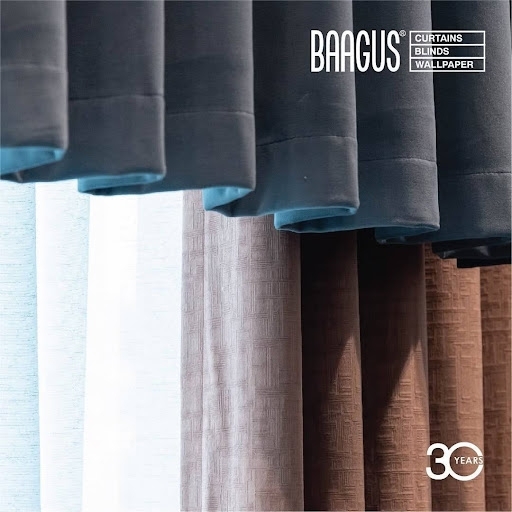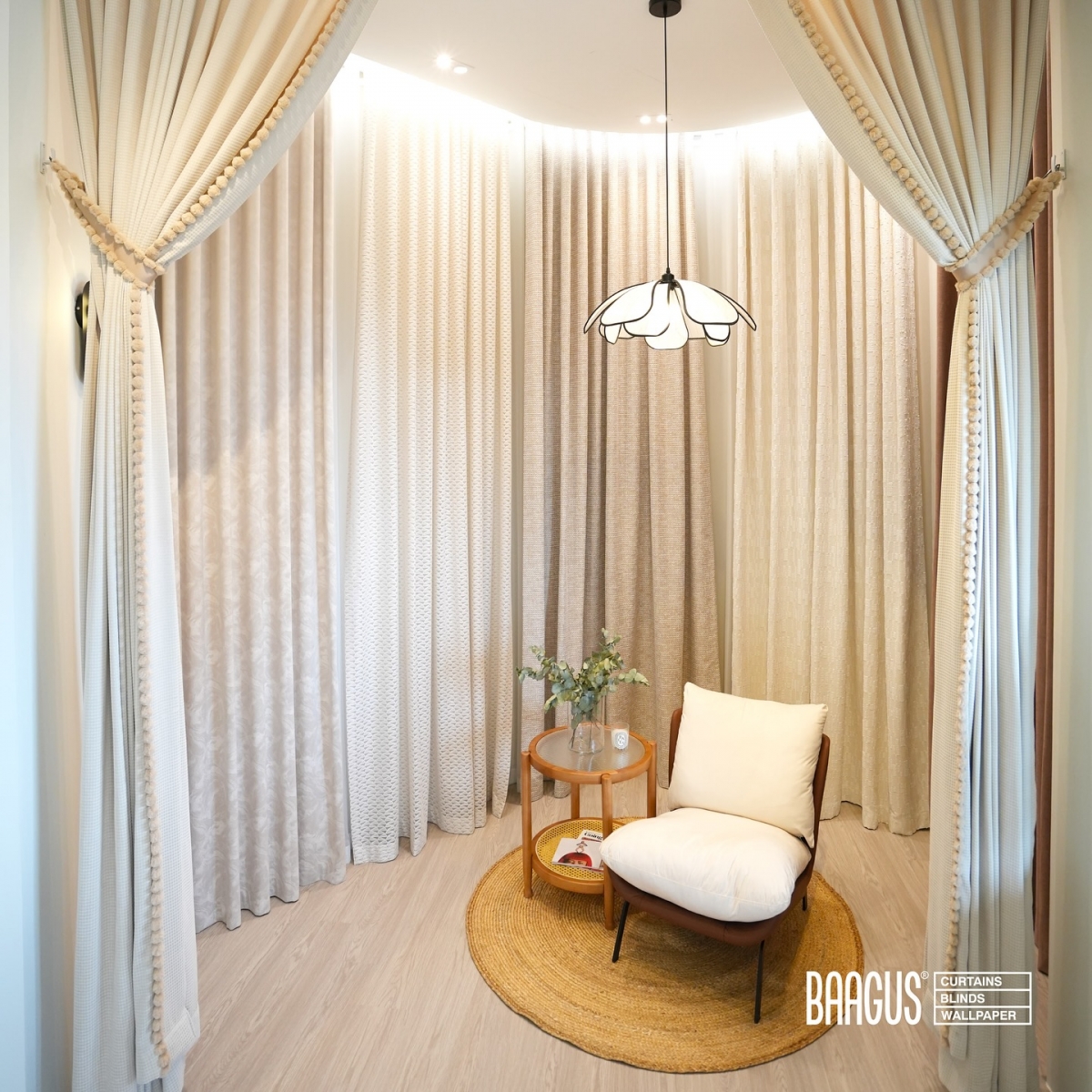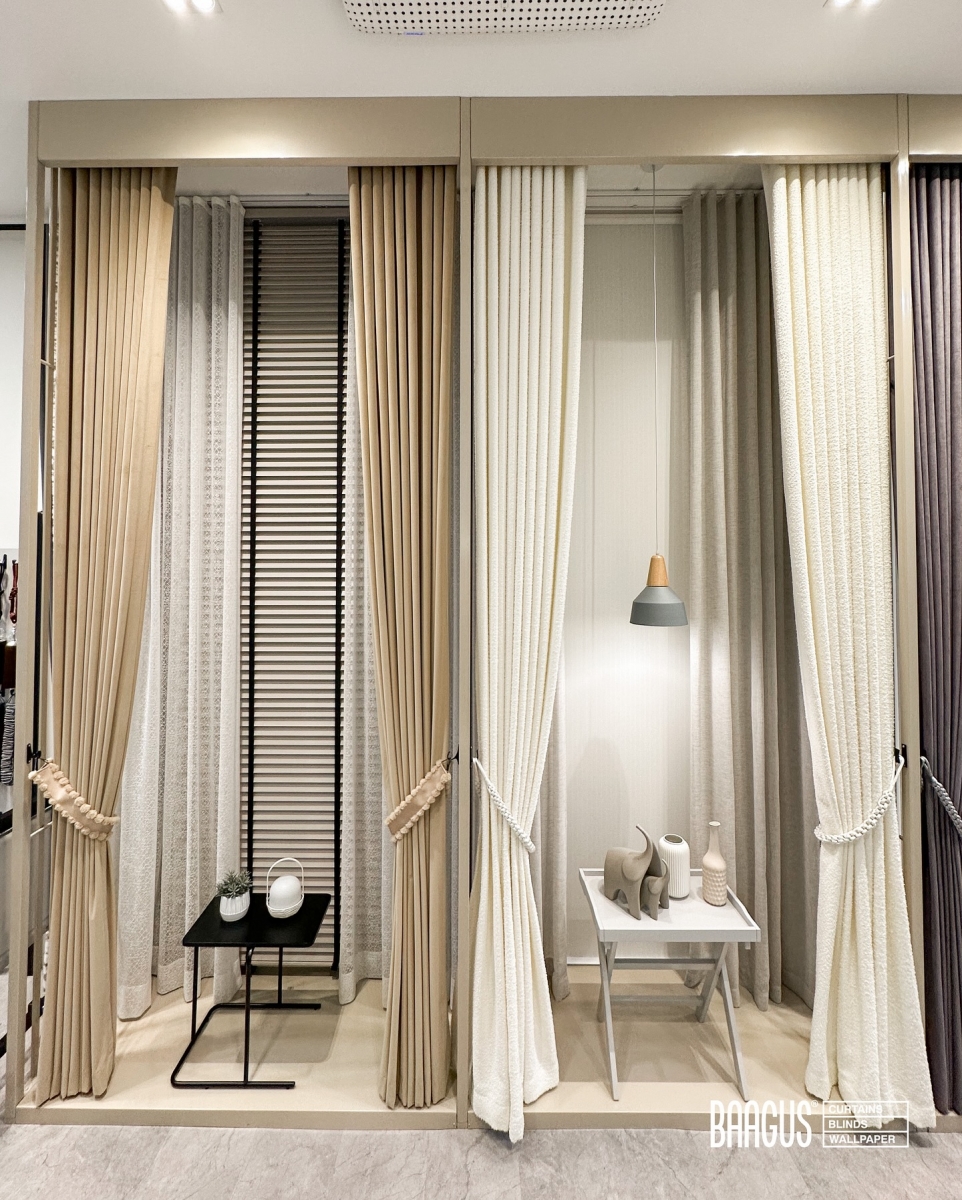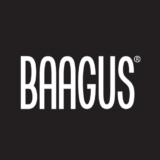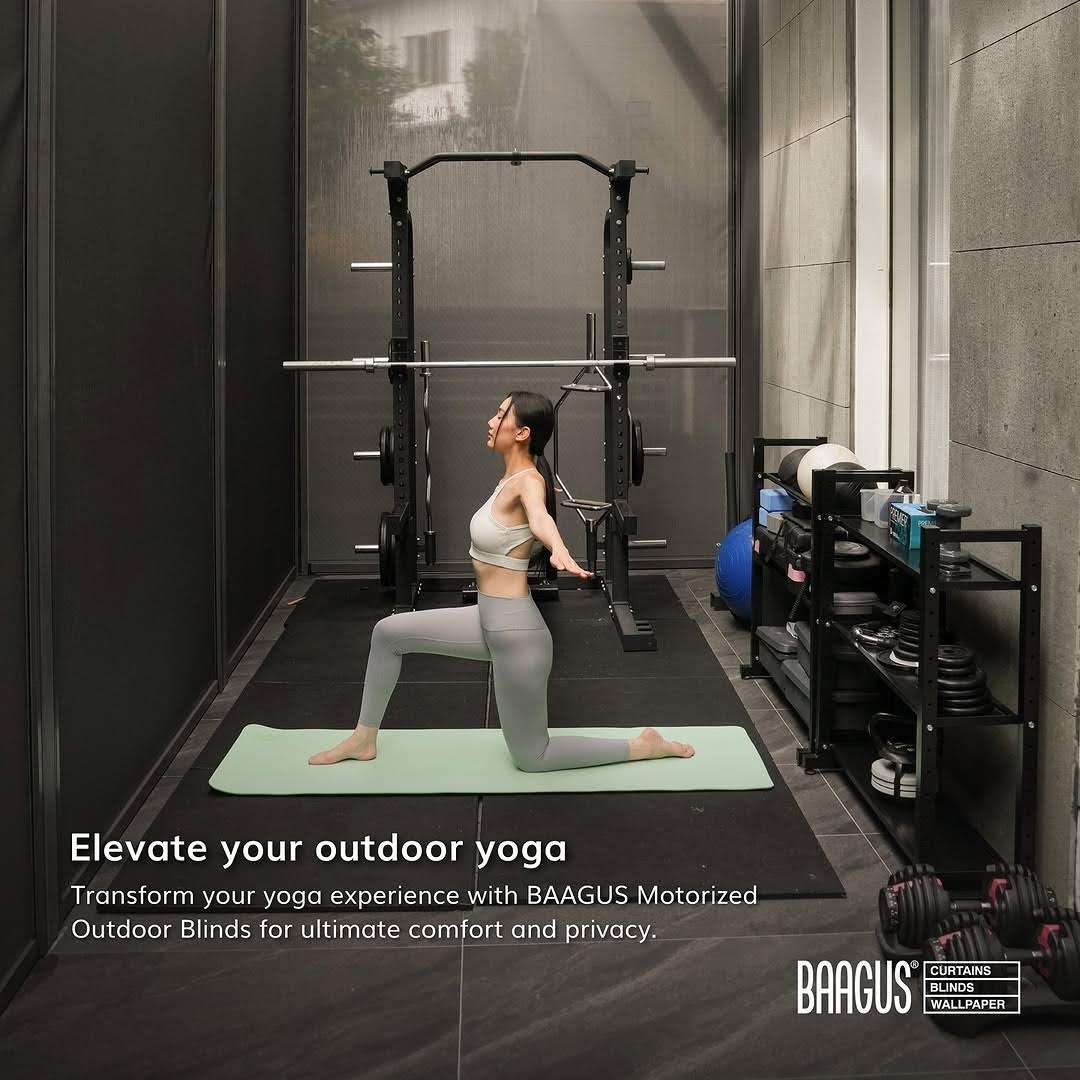
The Best Outdoor Blinds for Sun & Rain in Malaysia: A Material Comparison
Living in Malaysia means loving our outdoor spaces, but our weather makes it a challenge. Your beautiful balcony or patio is often caught between two extremes: blazing hot sun that heats up your entire home, or a sudden, wind-driven monsoon shower that soaks your furniture.
Finding the right outdoor blinds is the key to reclaiming this space. But which material is best? Is it fabric? PVC? Wood? As Malaysia's leading experts in home furnishings, we're here to give you an honest comparison.
The truth is, for our climate, the material has to do three jobs perfectly:
Sun Protection: Block UV rays and reduce heat.
Rain Protection: Be 100% waterproof, not just "water-resistant."
Wind & Humidity Proof: Withstand strong gusts of wind and resist mold and mildew.
Let's break down the common materials to see how they perform.
Comparing Your Outdoor Blind Material Options
We'll compare the most common materials used for outdoor blinds in Malaysia, head-to-head.
1. Traditional Bamboo / Timber
The Look: Beautiful, natural, and rustic. They provide a warm, organic feel.
Sun Protection: Excellent. They are fantastic at filtering harsh sunlight and providing dappled shade.
Rain & Humidity Protection: POOR. This is the critical failure. Bamboo, timber, or any natural reed is organic. In our humid, rainy climate, they will absorb water, warp, crack, and become a breeding ground for mold and mildew.
Verdict: A great choice for a dry, shaded area, but not a practical all-weather solution for an exposed Malaysian patio.
2. Standard Fabric / Canvas
The Look: Comes in many colours and styles, but can look a bit "dated," like an old shop-front awning.
Sun Protection: Good. They block light, but their heat-blocking (thermal) performance varies.
Rain & Humidity Protection: POOR. Most standard fabrics are only "water-resistant." This means they'll handle a light drizzle, but a heavy monsoon rain will soak through them. They are also prone to fading, and if they don't have a secure system, they will flap, tear, or snap in the wind.
Verdict: A budget-friendly option for sunshade only, but it will not keep your patio dry or last long in a storm.
3. Transparent PVC (Clear Vinyl)
The Look: A clear, see-through "plastic" sheet. Often used by cafes.
Sun Protection: POOR. This is its biggest weakness. While it blocks rain, it acts like a greenhouse, trapping heat and making your balcony even hotter. It also offers zero privacy and can turn yellow and brittle over time.
Rain & Humidity Protection: Excellent. It is 100% waterproof and will keep your space perfectly dry.
Verdict: Only good for rain, but it fails completely at solving the sun and heat problem.
4. Advanced Solar Screen Fabric (The Modern Choice)
The Look: Sleek, modern, and high-tech. Often in neutral tones like grey, charcoal, or beige.
Sun Protection: EXCELLENT. This is what it was engineered for. This perforated fabric is designed to block up to 95% of UV rays and heat before it even hits your window. Reputable sources, like the
U.S. Department of Energy , confirm that exterior shades like these are highly effective at reducing solar heat gain, which saves you money on air-conditioning.Rain & Humidity Protection: Good. The fabric itself is 100% waterproof and mold-resistant. However, as a standard roller blind, wind can still blow rain in from the sides.
Verdict: The best material for heat and sun, but the material alone isn't enough to beat the rain...

The Verdict: The System is More Important Than the Material
You've chosen the best material: Advanced Solar Screen Fabric. But how do you make it windproof and rainproof?
You put it in an Outdoor Zip Blind System.
This is the ultimate solution for outdoor blinds in Malaysia. It takes the superior solar-screen fabric and adds a "zip" track system on the sides.
Why the Zip System is the Clear Winner
It's Windproof: The "zip" locks the fabric into the side channels. This means the blind stays completely taut. It cannot flap, rattle, or tear, even in a strong thunderstorm.
It's Rainproof: The sealed edges prevent wind-driven rain from blowing in through the sides, keeping your balcony and furniture dry.
It's an Insect Screen: When fully closed, the system is completely sealed, blocking out mosquitoes, flies, and other pests.
It's Motorized: For the ultimate convenience, these heavy-duty outdoor blinds are operated with a remote control.
This system is the only one that truly solves all three Malaysian weather problems: the sun's heat, the driving rain, and the strong winds.
Frequently Asked Questions (FAQs)
1. Are all outdoor blinds hard to clean?
No. The advanced solar screen fabric and PVC are very easy to clean. A simple wipe-down with a damp cloth is all it takes. Bamboo and canvas are much harder to maintain.
2. Can I still see out with solar screen fabric?
Yes! That's one of their best features. The perforation (tiny holes) allows you to see out and enjoy your view, but people can't easily see in, giving you daytime privacy.
3. What's the best choice for a condo balcony?
The Outdoor Zip Blind. It's the only one that can handle the high winds and driving rain you experience on an upper-floor balcony. You can see many examples of this in our
4. Are these blinds expensive?
The Outdoor Zip Blind system is a premium investment, but it's designed to last for many years. It's more cost-effective in the long run than replacing cheaper outdoor blinds every 1-2 years. You can see our full range of
Conclusion: Choose a Solution, Not Just a Material
Don't just buy an outdoor blind; invest in a total solution. While materials like bamboo look nice, they aren't built for our weather.
For the best protection against both sun and rain in Malaysia, the clear winner is an Outdoor Zip Blind System using advanced solar-screen fabric. It's the only product engineered to give you back your outdoor space, no matter the weather.
The best way to see this system in action is to get a live demo. We invite you to visit one of our

